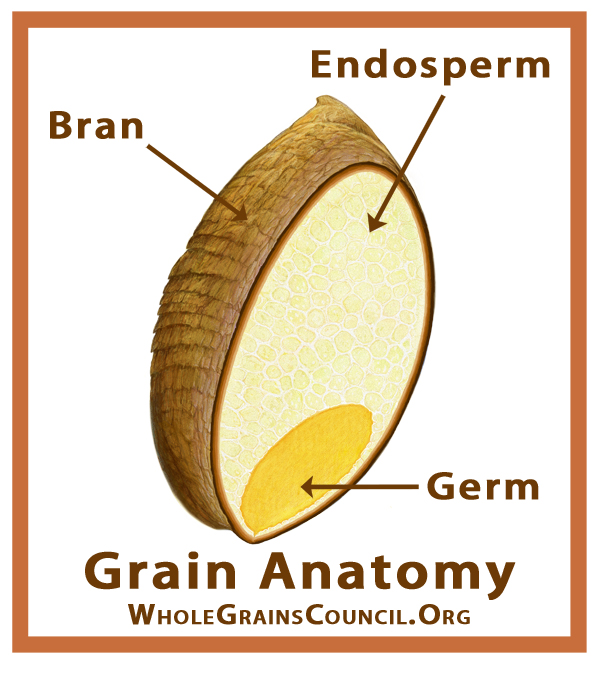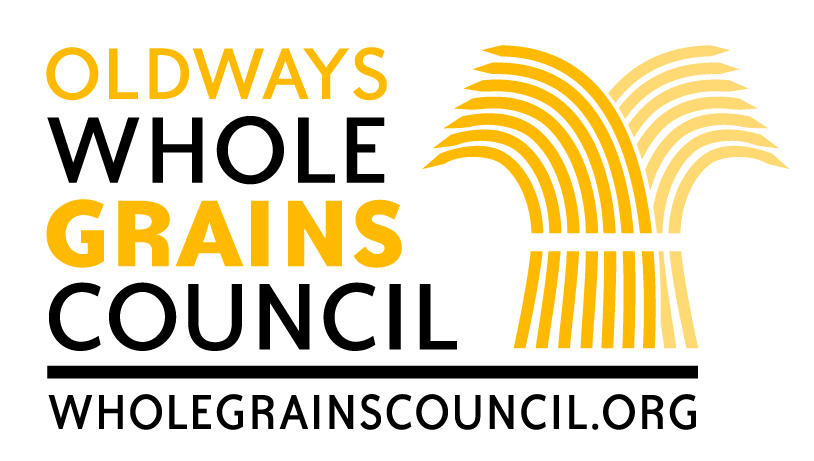Whole grains are no strangers to us at Oldways. After all, embracing traditional diets means embracing a diet with more whole grains. Whether it’s teff and sorghum in Africa, bulgur and barley in the Mediterranean, rice and millet in Asia, or quinoa and corn in Latin America, whole grains are the backbone of cultures and cuisines all over the world.
What is a Whole Grain?
When grains grow in the fields, they have three edible parts:
- The bran – the multi-layered outer skin of the edible kernel. It’s high in fiber, B vitamins and antioxidants.
- The germ – the embryo with the potential to sprout into a new plant. It contains B vitamins, some protein, and healthy fats.
- The endosperm – the germ’s food supply, fueling its growth as it sprouts. By far the largest part of the kernel, the endosperm contains starchy carbohydrates, proteins, and small amounts of vitamins, minerals and fiber.
Most of the grain kernel’s nutrients – and flavor – are in the bran and germ, which are routinely stripped out to make white flour. That’s why whole grains have a fullier, nuttier flavor and are a much healthier choice. Carb quality does matter, so when you’re eating grains, try to make most or all of your grains whole.
The Oldways Whole Grains Council
Because whole grains are so central to the traditional diets that Oldways promotes, we created the Oldways Whole Grains Council in 2003, to encourage people everywhere to enjoy more whole grains. The Oldways Whole Grains Council is best known for creating the Whole Grain Stamp, an international packaging symbol that communicates the gram amount of whole grains in a product. The Oldways Whole Grains Council advocates for greater whole grain consumption on both a grassroots and public policy level, and is internationally recognized as a conduit between science, industry, and consumers. Our website, wholegrainscouncil.org, is a hub of culinary and nutrition information, with whole grain recipes, health research, blogs, and more.
Learn more at wholegrainscouncil.org
For delicious ideas on how to incorporate more whole grains into a balanced diet, check out our 4-week menu plan book, Whole Grains Around the World.


